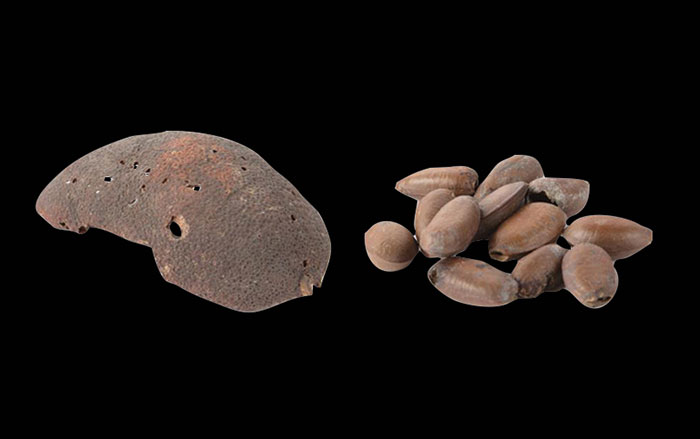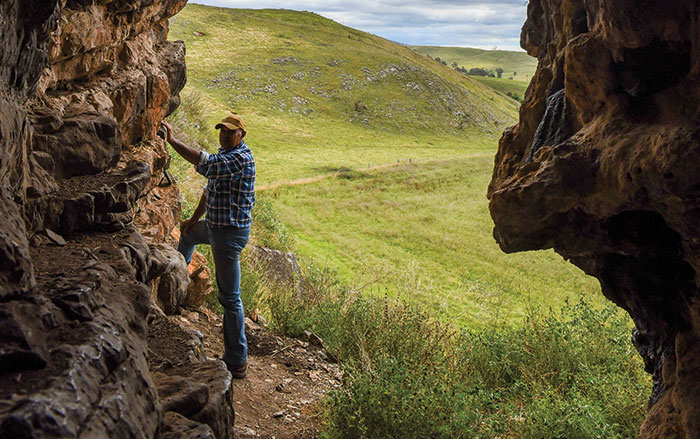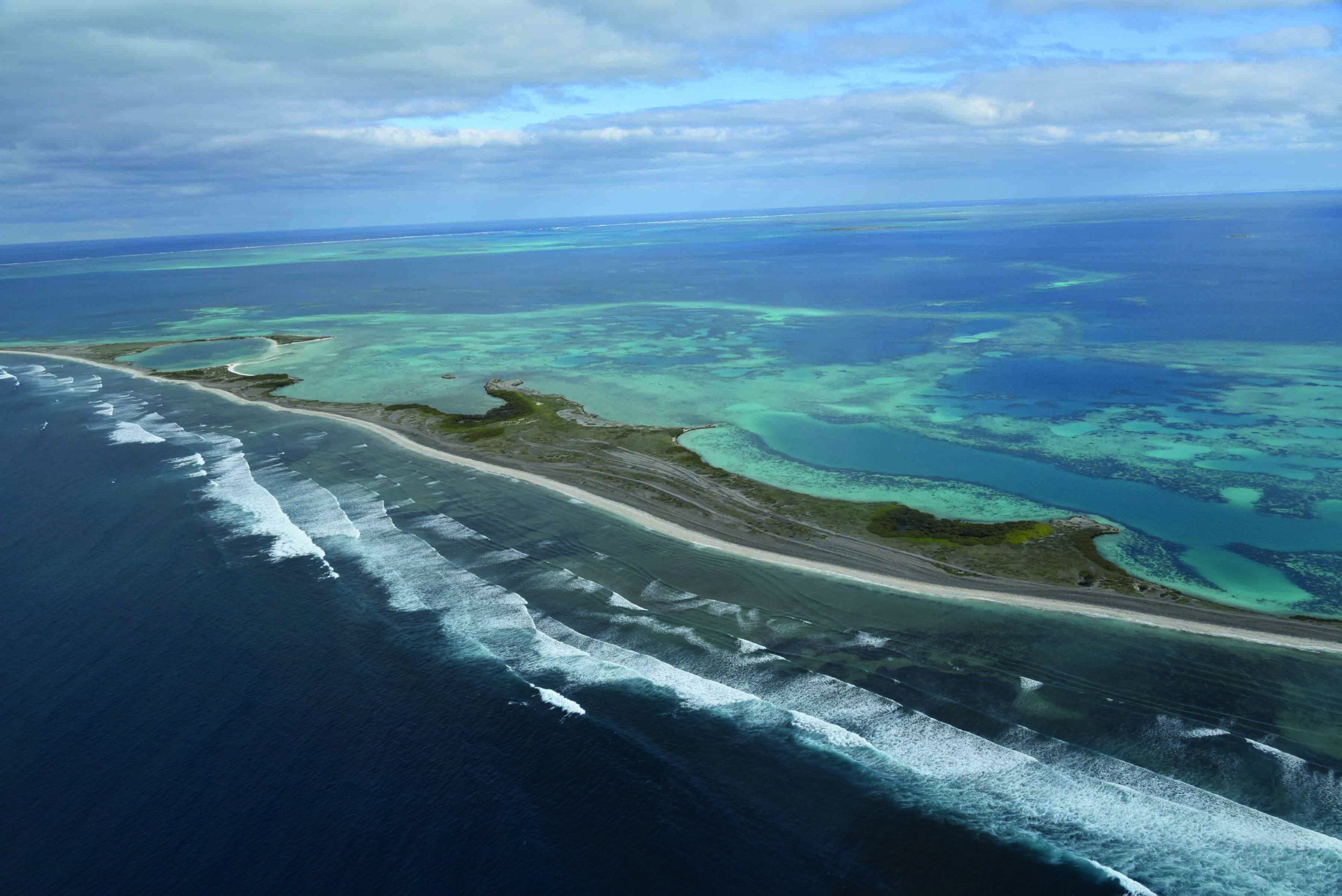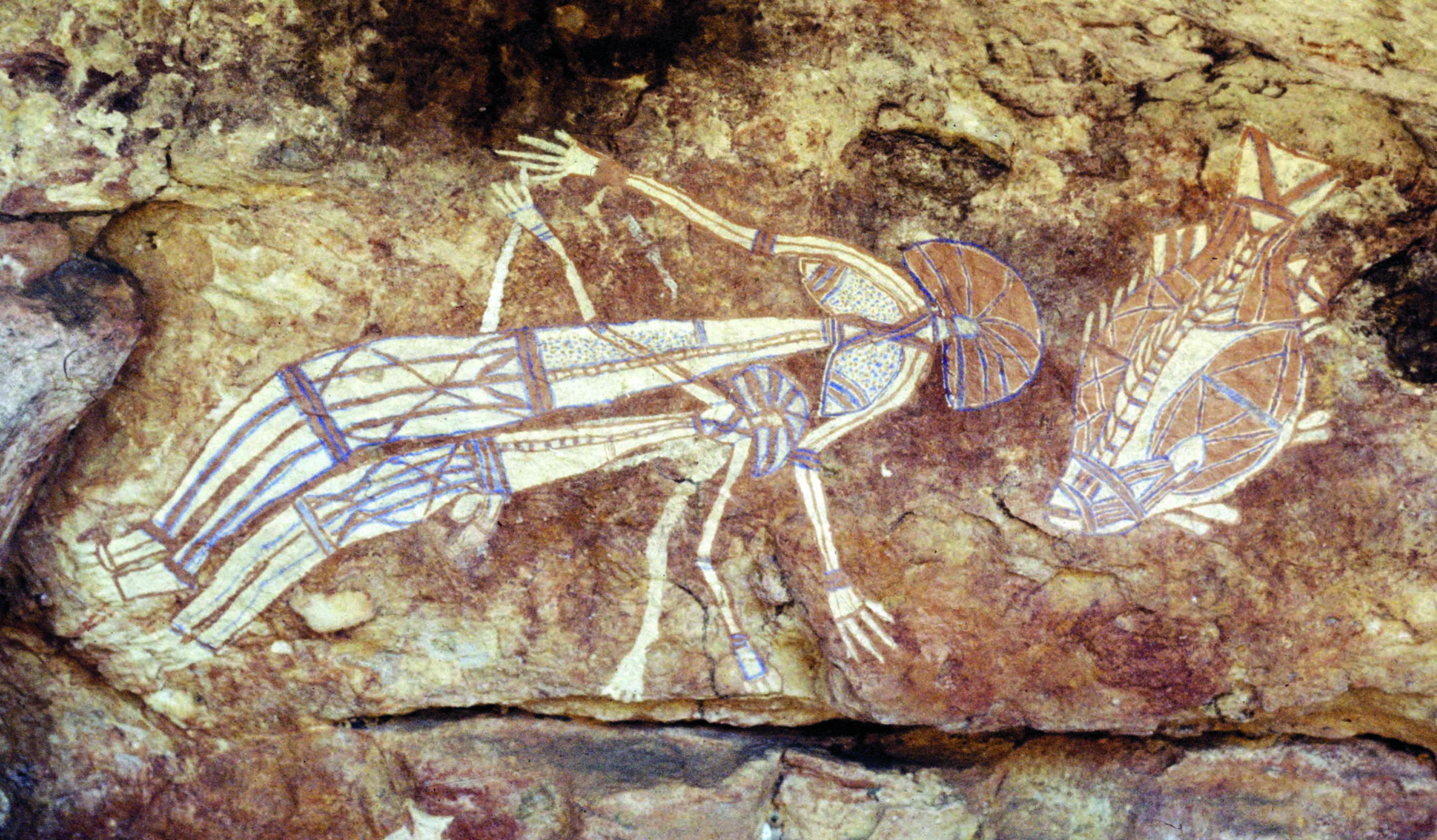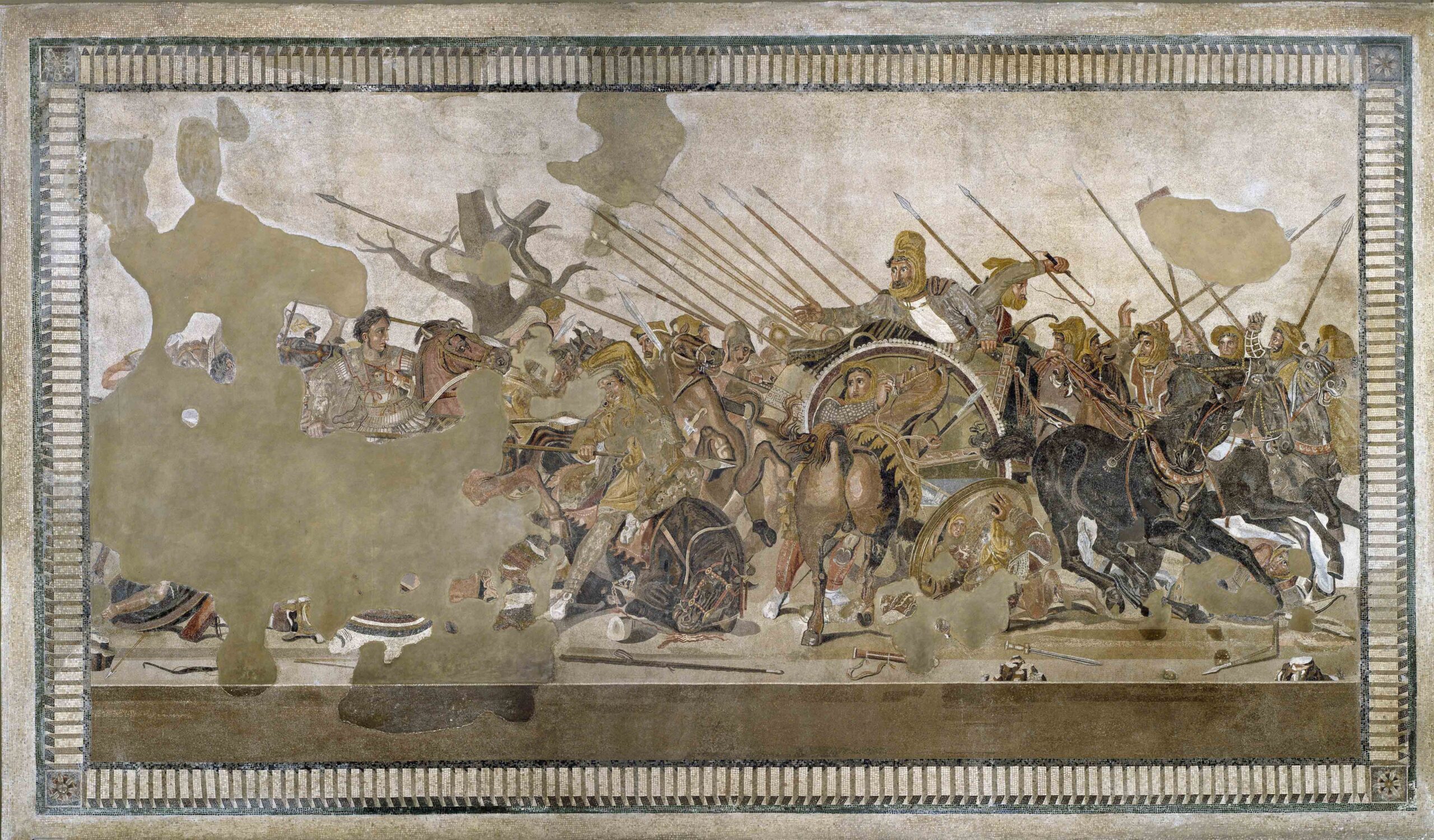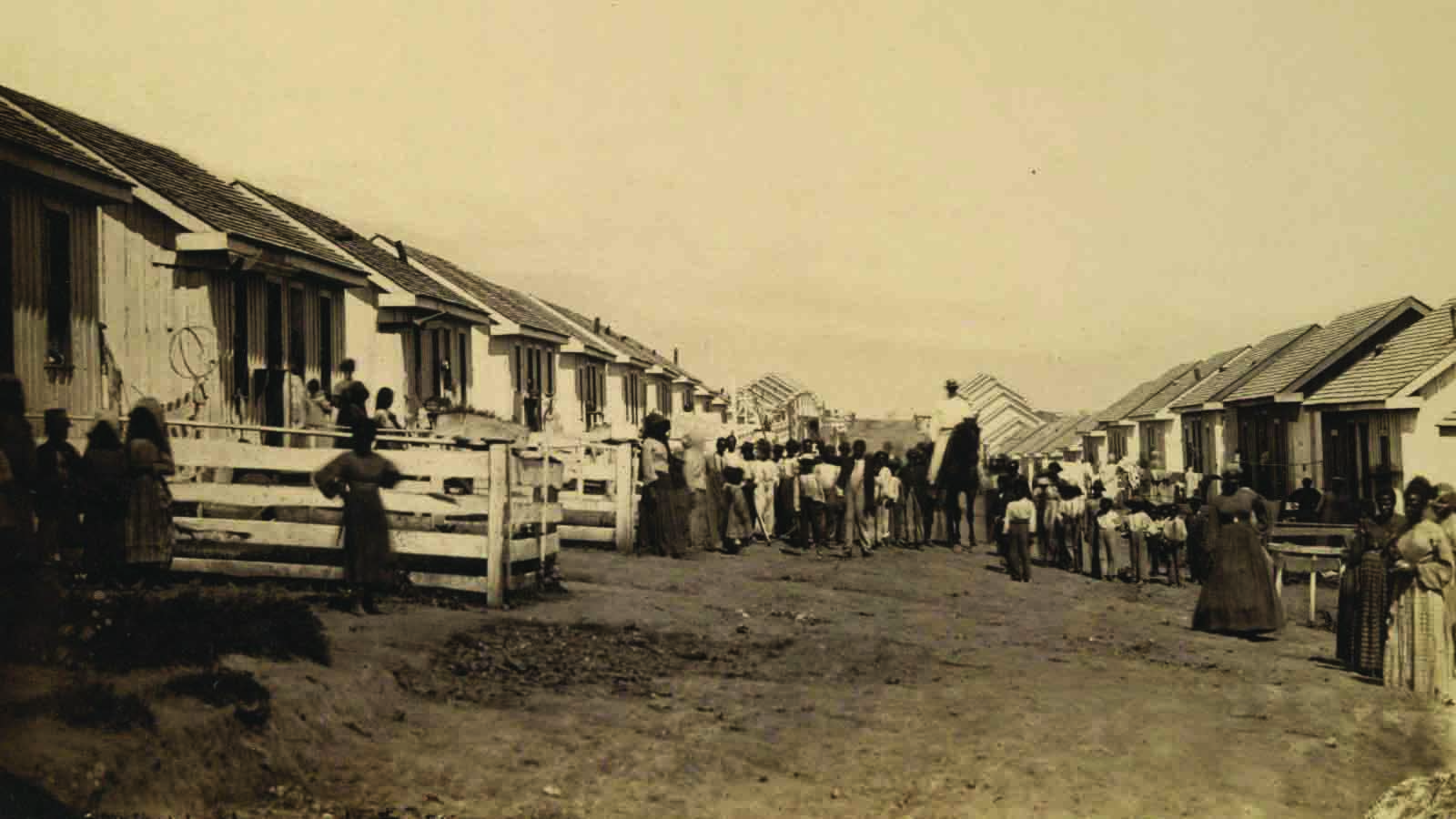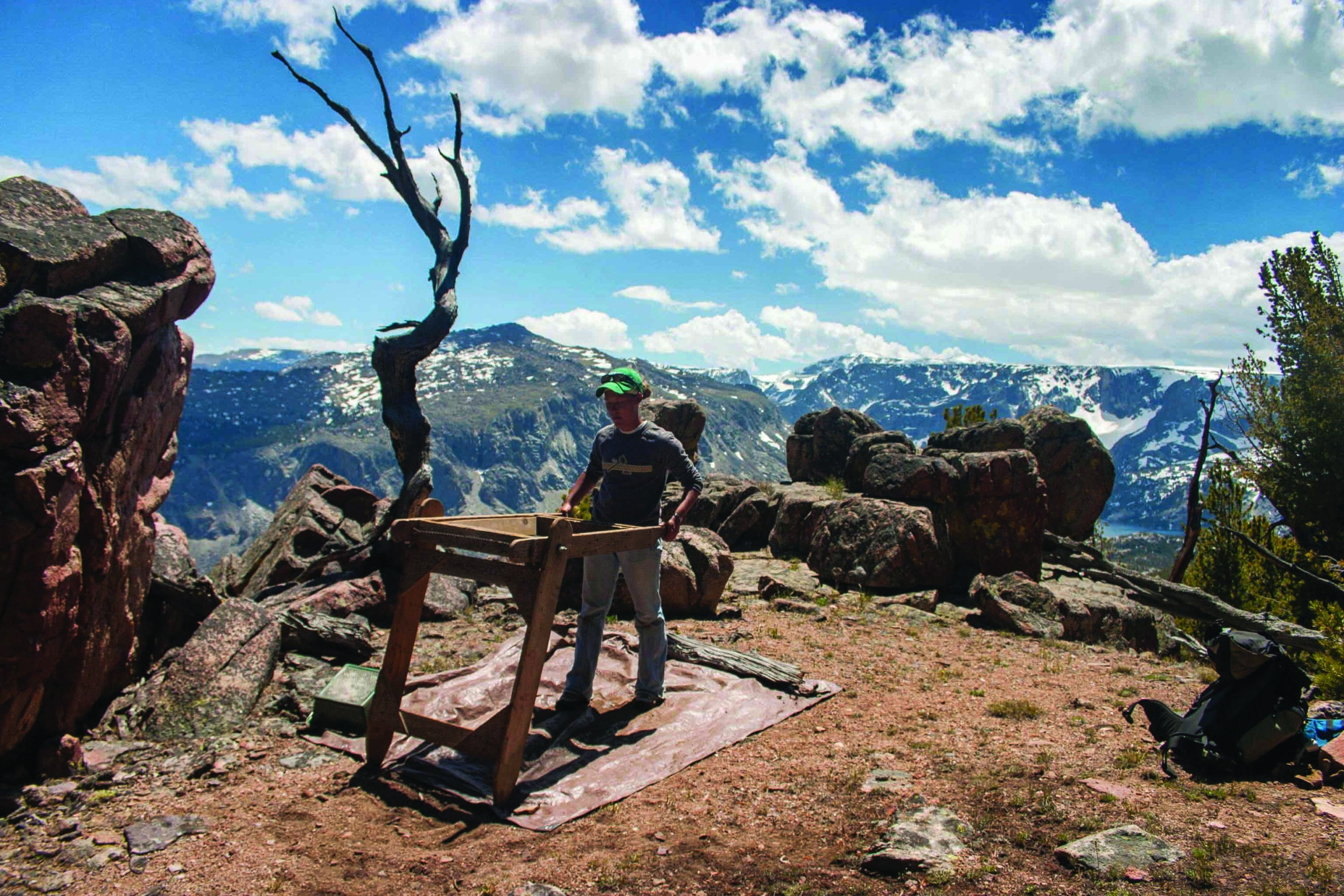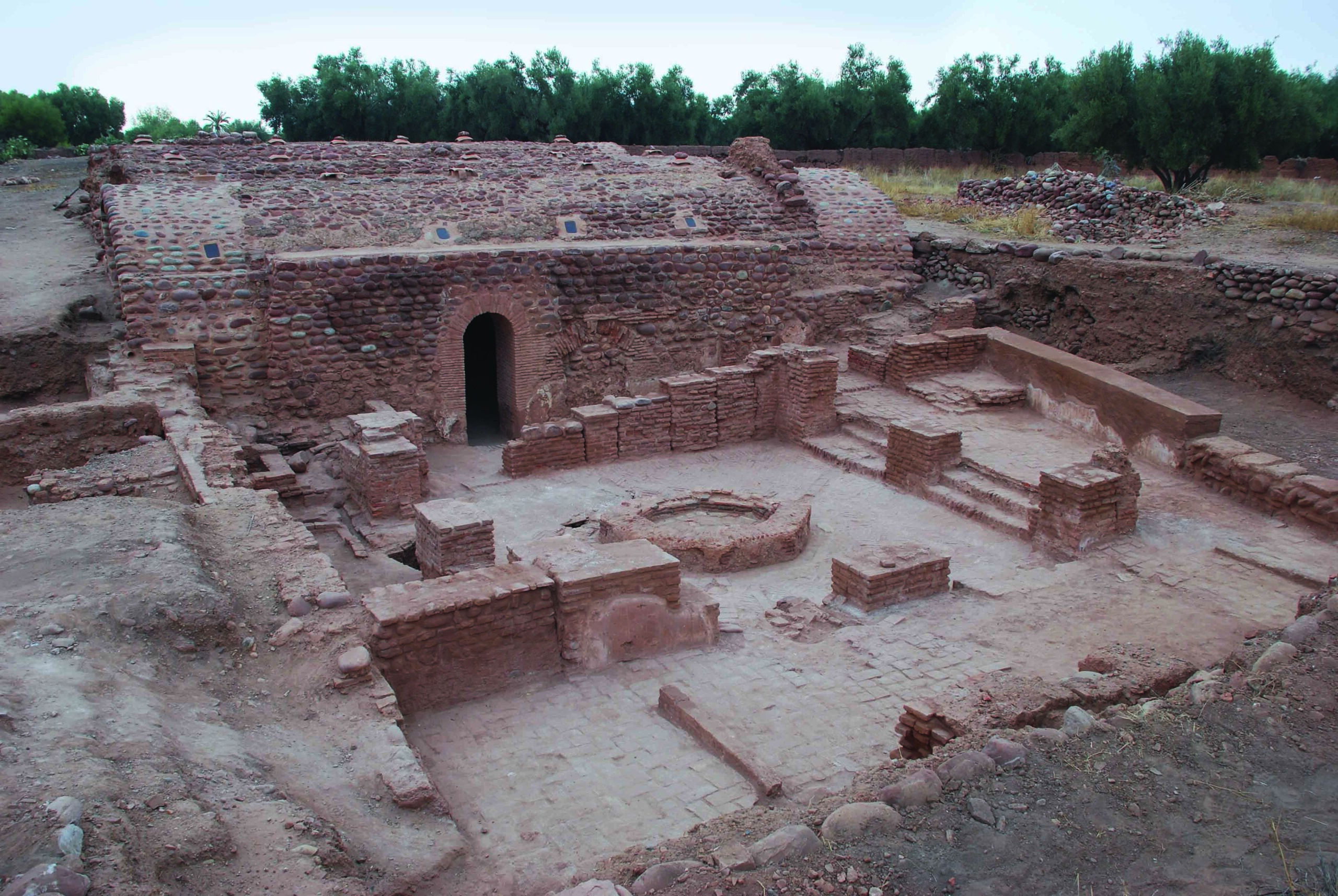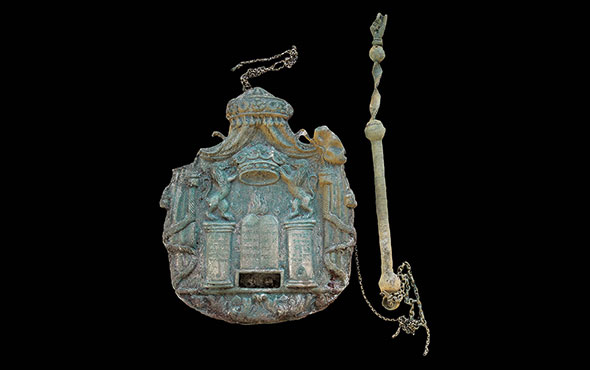
ADELAIDE, AUSTRALIA—According to a statement released by Flinders University, researchers from the Australian Nuclear Science and Technology Organization and Waikato University radiocarbon dated shell middens in South Australia, and determined that a site in the Riverland region was occupied as early as 29,000 years ago. Researchers from Flinders University and the River Murray and Mallee Aboriginal Corporation (RMMAC) note that the new dates push back the history of habitation in the area by 22,000 years. Other sites in the region were dated to as early as 15,000 years ago. The climate at the time was colder and drier, with sand dunes advancing on the floodplains of the Murray River and salt accumulation in the valley. The study thus offers new information on how Aboriginal ancestors survived times of hardship and plenty, added Fiona Giles of RMMAC. For more on Australian archaeology, go to "Around the World: Australia."


